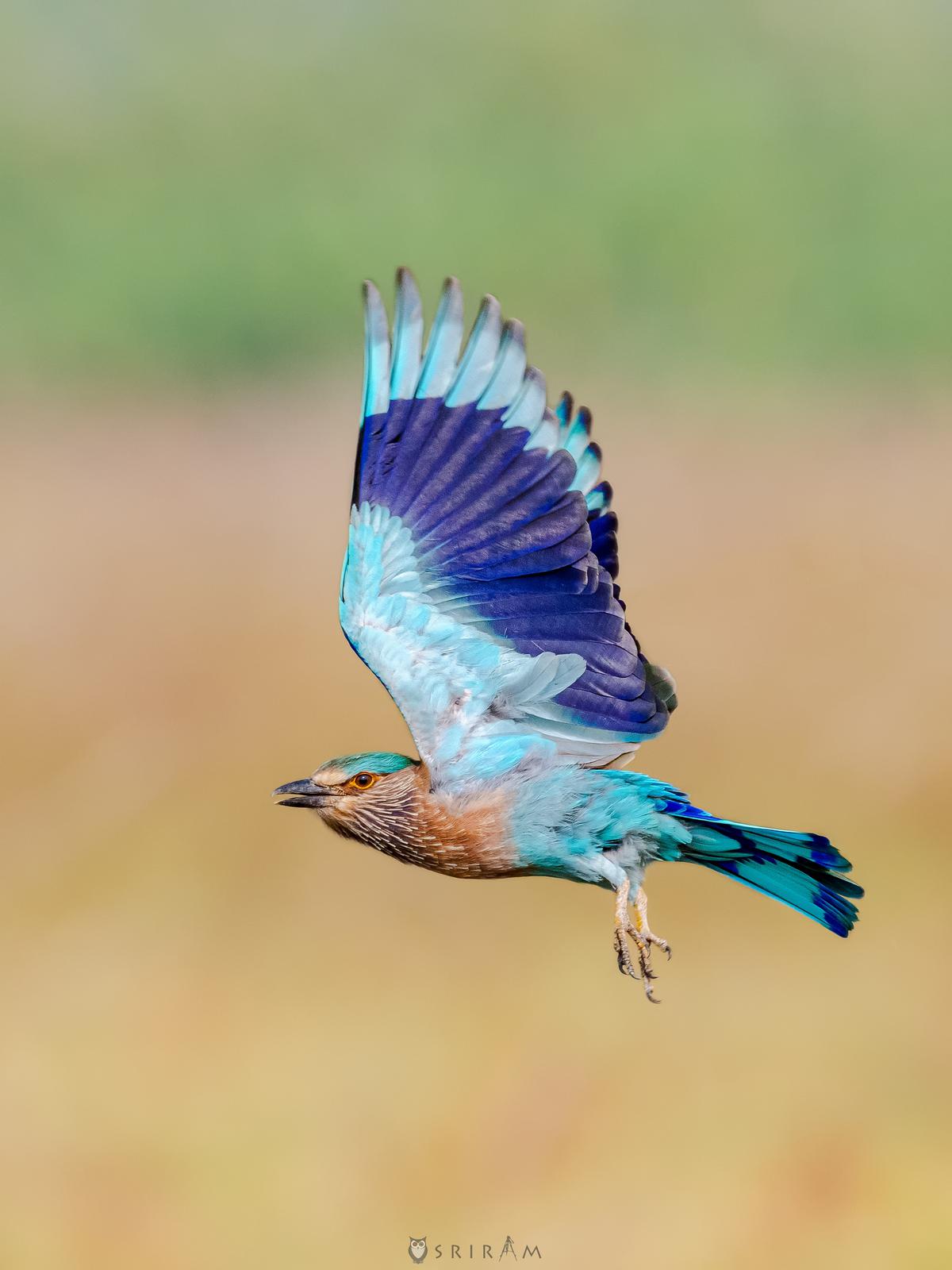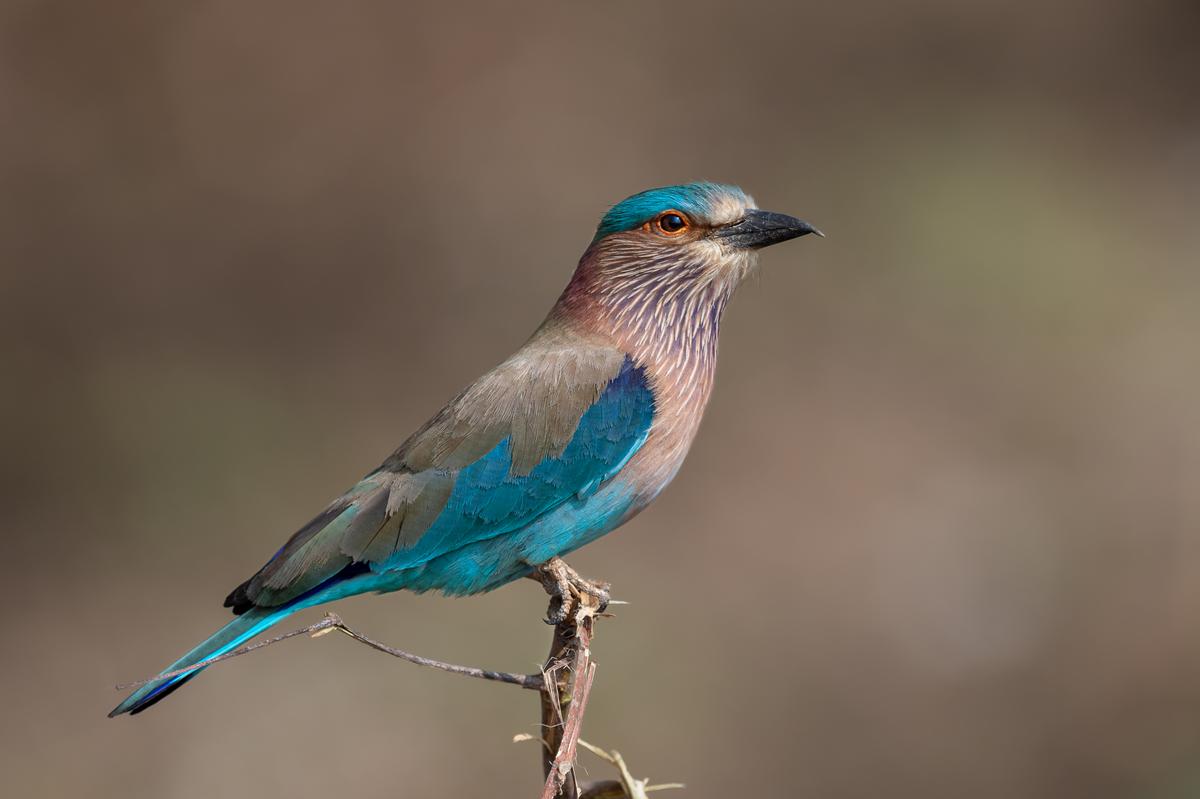Indian Roller
| Photo Credit: Sriram Reddy
Birds are excellent indicators of the state of our natural world. This year’s State of India’s Birds report, which was recently released, highlights 942 bird species that need conservation priority. Of these, 178 classified as High Conservation Priority and 14 species. Surprisingly the Indian Roller, or called the palapitta in Telugu or the Blue Jay, has been recommended for International Union for Conservation of Nature (IUCN) Red List reassessment. The palapitta (also known as the Blue Jay)is Telangana’s state bird and sighting it on Dasara day is considered auspicious.
The State of India’s Birds report is a periodic assessment of the distribution range, trends in abundance, and conservation status for most of the bird species in the country. This comprehensive, national-level assessment report — based on observations, observation trends and distribution by over 30,000 birdwatchers from across the country — points the way towards the conservation needs of India’s birds.

Indian Roller taking flight
| Photo Credit:
Sriram Reddy
Ashwin Viswanathan of Benguluru-based Nature Conservation Foundation says, “Rapid reduction of grasslands, landscapes and a natural ecosystem is the reason for the decline in the number of Indian rollers. Rollers eat rodents and small insects which means these too are on a sharp decline. The birds have a great association with the grasslands where cows and goats graze. With the steady approach of planting trees, we are destroying the grazing lands and the ecosystem.” He adds that the other bird in Telangana that needs immediate attention is the Spot-billed pelican.

The status of 942 bird species marked as in need of conservation priority, is obtained from data uploaded by birdwatchers on the online platform eBird. Photographer, bird watcher and eBird contributor from Telangana Sriram Reddy explains, “Our agricultural practices that lead to a drastic decline in grassland water bodies are major causes for the decline of many birds like owls, eagles and ducks (resident and migratory).
The assessments are based on three indices. Two are indices of change in abundance — Long-term trend (i.e the change over the last 30 years) and current annual trend (i.e, annual change over the past eight years). The third is a measure of the size of distribution range within India. As a birdwatcher and contributor to eBird, birds in India are faring poorly overall. adds Sriram.
Except for a few general species like the Feral Rock Pigeon, Ashy Prinia, and Indian Peafowl, which had a 150% increase. “Peacocks that were never seen in Kerala, are now thriving there. It is however an indication that Kerala’s dense forests are fast disappearing,” says Sriram, adding that peacocks thrive in arid regions.
Another bird, the Pallas’s Fish Eagle is one of the few raptors in India that breed here during winter and migrate north to Mongolia and the Tibetan Plateau for the summer. Sadly, the species shows evidence of rapid decline.
Ashwin adds, “A steep decline of birds that live in a wide variety of open habitats, as well as grasslands, suggests a need to investigate threats. For example, open agricultural landscapes and fallow land. Birds that are woodland specialists (forests or plantations) have also declined more than generalists, indicating a need to conserve natural forest habitats so that they provide habitat to specialists.”